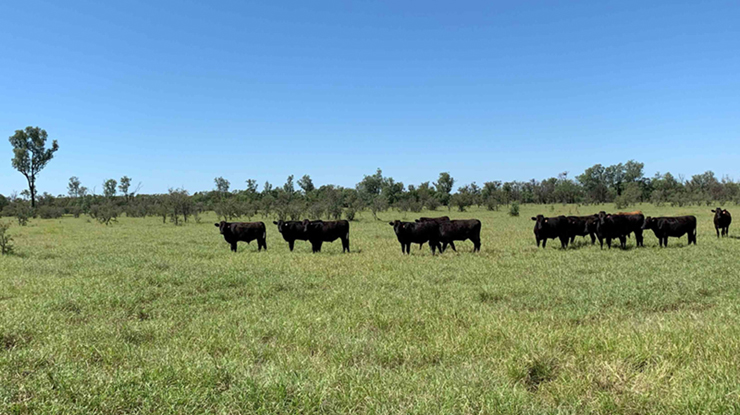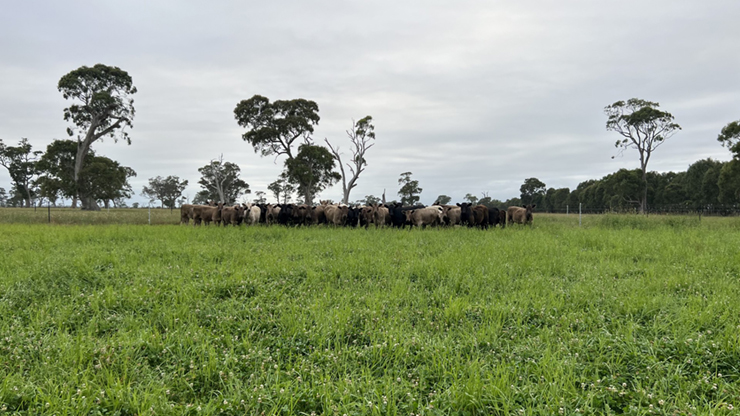Psilocybin, a compound found in many types of mushrooms, is an with potential use in treating . Unfortunately, unscrupulous vendors have used these clinical results to sell products made from an unrelated and somewhat toxic mushroom: Amanita muscaria.
Author
Colin Davidson
Professor of Neuropharmacology, University of Central Lancashire
In a recent study, researchers at the University of California, San Diego, found a in interest in this mushroom – noting a 114% rise in Google searches from 2022 to 2023.
So what is this mushroom and why is there cause for concern?
A muscaria or “fly agaric” is found in temperate and sub-Arctic zones across the northern hemisphere. For , shamans from various regions – from Lapland to Siberia – have used the mushroom in their rituals, helping them achieve a mental state similar to that achieved with other psychedelics.
The active ingredients in these mushrooms are muscimol and ibotenic acid, which are entirely different compounds to psilocybin. Today, products containing muscimol, such as , are being sold with vague promises of better health.
The brain contains chemical messengers called neurotransmitters, and muscimol acts on one of these transmitter “receptors” (Gaba-A) to dampen brain activity. Gaba is the brain’s brakes – or in the jargon “inhibitory neurotransmitter”. Consequently, drugs that act on Gaba-A receptors have been used for anxiety, epilepsy and pain – conditions associated with an over-stimulated brain.
Muscimol can be considered to have a similar effect as anti-anxiety drugs known as benzodiazepines (Valium, being an example).
There have been relatively few reported cases of muscimol poisoning from fly agaric mushrooms. Most cases report , but not death.

The other compound found in fly agaric, ibotenic acid, is structurally similar to the neurotransmitter glutamate. If Gaba is the brain’s brakes, you can think of glutamate as its accelerator.
Like glutamate, ibotenic acid can be toxic in high concentrations. In fact, ibotenic acid is used to in rodent experiments where small parts of the brain are destroyed in an attempt to understand what that .
It is highly unlikely that ibotenic acid has any health benefits. However, it is doubtful whether eating these mushrooms will kill brain cells because, within about an hour of ingestion, most of the ibotenic acid is excreted in the urine.
Muscimol and ibotenic acid have been found to have a relatively low lethal dose. found the LD50 (“lethal dose, 50%”), where half the mice are dead when given these substances orally, to be 22mg and 38mg per kilogram of body weight, respectively. The LD50 is much lower than for many other commonly taken substances: cocaine (99mg/kg), morphine (524mg/kg) and ethanol (alcohol, 3,450mg/kg).
While few deaths from fly agaric have been reported, a recent case described the death of a 44-year-old man after eating . The man had a heart attack about ten hours after eating four to five mushroom caps. Although he was resuscitated, he remained unresponsive and died nine days later.
Comparison with psilocybin
Psilocybin is a compound found in a large variety of “magic mushrooms”, but not in fly agaric. After consumption, the body converts psilocybin to psilocin. Psilocin activates the neurotransmitter receptors in a similar way to LSD. Meta-analyses, where the data from multiple clinical trials are combined and re-analysed, find psilocybin to be an effective .
Harms of therapeutic doses of psilocybin have been reviewed and the most common are headache, nausea, anxiety, dizziness and high blood pressure. They tend to be well-tolerated and resolve within .
Taken together then, we can see that fly agaric is not at all similar to psilocybin-containing mushrooms.
While psilocybin has now been shown to have good clinical use, there is no such evidence for fly agaric. Although muscimol has been shown to have some positive effects in animal studies of and some other neurological illnesses, these findings have not yet been replicated in humans.
In most countries, fly agaric, muscimol and ibotenic acid are and people are allowed to grow, pick, buy, sell and consume them. Although consumption is rarely fatal, there are dangers associated with eating them. The practice of selling these products to unwitting consumers, who anticipate health benefits similar to psilocybin, needs to be addressed.
![]()
Colin Davidson has previously received funding from the NIH (USA) and the EC for projects related to drug abuse. He is currently a consultant on novel psychoactive substances for the Defence Science Technology Labs and is on a Working Group on Synthetic Cathinones for the Advisory Council on the Misuse of Drugs (UK).








